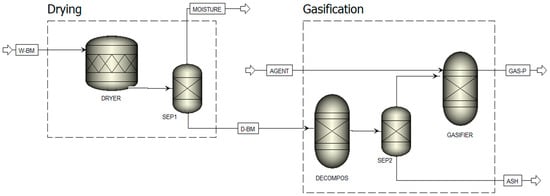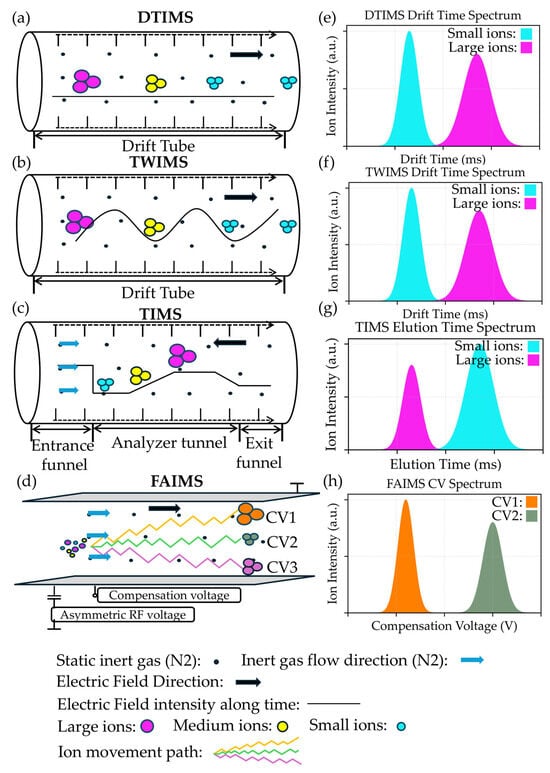- Article
Energy Recovery from Biowaste and Biomass via Gasification: A Modelling Approach
- Shabnam Ghanbarzadeh,
- Yi Yuan and
- Ehssan H. Koupaie
The transition toward a circular bioeconomy requires efficient conversion of biogenic wastes and biomass into renewable fuels. This study explores the gasification potential of wastewater sludge (WWS) and food waste (FW), representing high moisture-content biowastes, compared with softwood (SW), a lignocellulosic biomass reference. An Aspen Plus equilibrium model incorporating the drying stage was developed to evaluate the performance of air and steam gasification. The effects of temperature (400–1200 °C), equivalence ratio (ER = 0.1–1), and steam-to-biomass ratio (S/B = 0.1–1) on gas composition and energy efficiency (EE) were examined. Increasing temperature enhanced H2 and CO generation but reduced CH4, resulting in a maximum EE at intermediate temperatures, after which it declined due to the lower heating value of the gases. Although EE followed the order SW > FW > WWS, both biowastes maintained robust efficiencies (60–80%) despite high drying energy requirements. Steam gasification increased H2 content up to 53% (WWS), 54% (FW), and 51% (SW) near S/B = 0.5–0.6, while air gasification achieved 23–27% H2 and 70–80% EE at ER ≈ 0.1–0.2. The results confirm that wet bio-wastes such as WWS and FW can achieve performance comparable to lignocellulosic biomass, highlighting their suitability as sustainable feedstocks for waste-to-syngas conversion and supporting bioenergy integration into waste management systems.
19 December 2025






